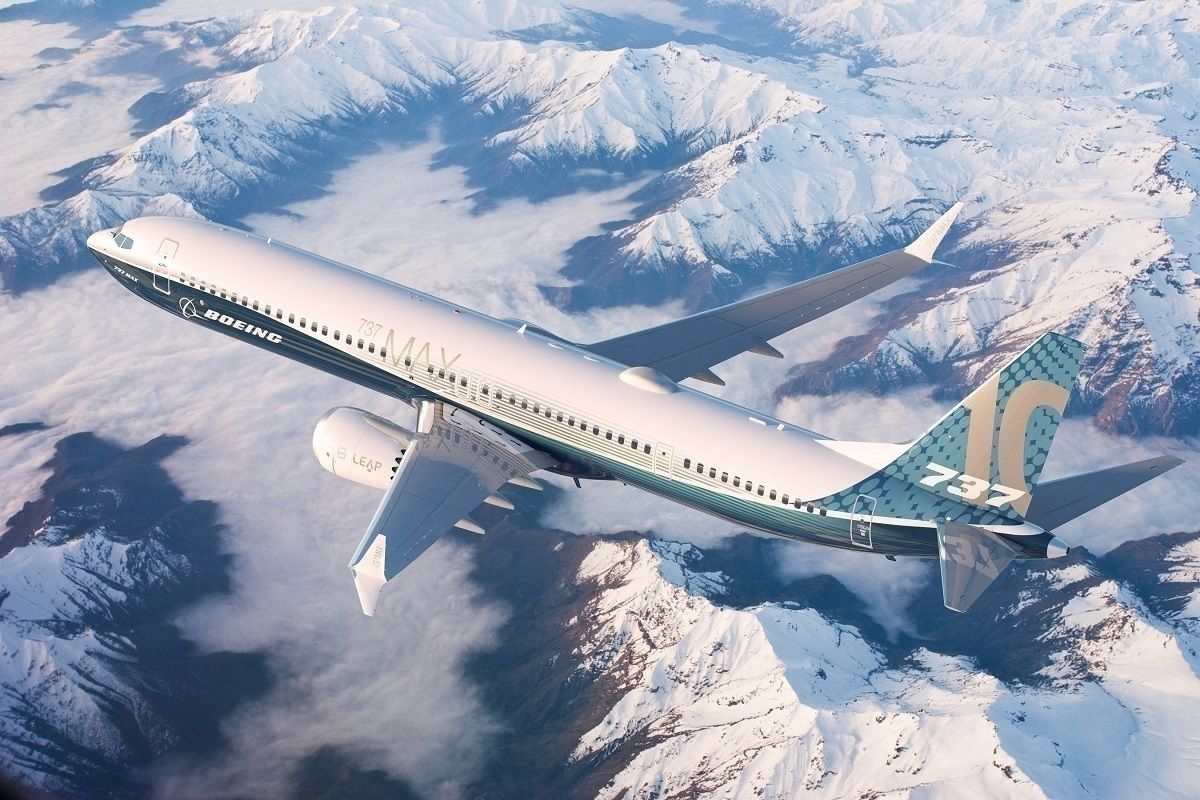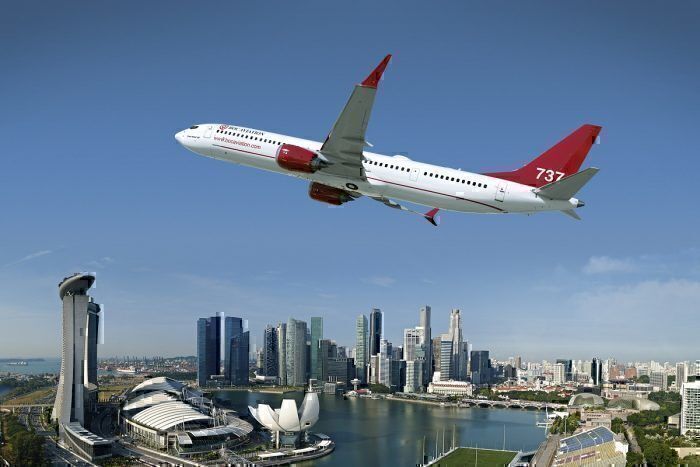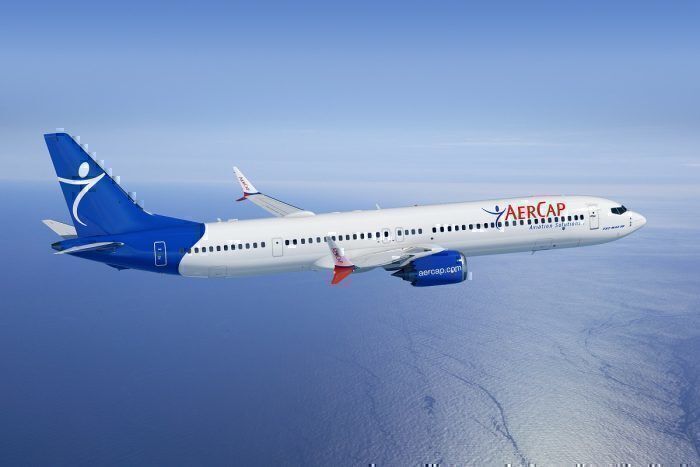On Friday last week (22/11/19) Boeing heralded its latest innovation with muted celebration. So arrives the next MAX variant, complete with a "shrink link" redesign of its main landing gear.Boeing has unveiled its latest offering to the aviation industry: the 737 MAX 10. The manufacturer hopes the type will pass with flying colors all of the system checks, engine runs and regulations needed to fly. Writes Boeing in its press release of November 22nd, the type is expected to fly “next yearâ€.The MAX 10 currently has more than 550 orders and commitments from more than 20 customers worldwide. United is its biggest buyer, according to OMAAT, with 100 of the planes on order. Flydubai, Lion Air and VietJet Air have more than 50 MAX 10s on order.We have contacted Boeing for further comment.
MAX 10 landing gear
The MAX 10 is 66 inches longer than the previous variant, the MAX 9. By extending the fuselage thus, Boeing was able to provide a plane that can potentially seat up to 230 passengers. But that extra length would necessitate longer landing gear since, if the gear remained unchanged, the rear fuselage of the aircraft would impact the runway at rotation.
Hence Boeing sought to add longer main landing components without changing the interior wheel well to accommodate the larger gear. This it did, writes Flight Global, by the design of a “semi-levered main gear designâ€.
Innovative
To have created a taller gear would have meant commensurate changes to the interior of the aircraft. Boeing wanted to avoid making any changes and preferred the idea of retaining commonality between other MAX types.
In August of this year, Boeing revealed it had begun work on a shrink link: a steel compressing mechanism which pulls the inner cylinder as the gear retracts. The gear extends 241mm (9.5in) upon rotation during the take-off run and provides the required clearance of the rear fuselage.
By designing this “shrinking†mechanism, Boeing was able to avoid gear well changes and retain the same wheel design seen of other types of the MAX family. Gary Hamatani, Chief Product Manager for the 737 MAX told FINN,
“We wanted to preserve commonality in the MAX Family. We needed to get the landing gear back into the unchanged wheel well of the MAX 8 and 9.â€
The engineering team “knocked it out of the park†with the design, added Hamatani.
Dissenters
Despite Boeing’s assurance that the new landing gear design is the same as that of the other MAX types, some industry observers see issues arising from the addition of a weak link that is already seen of various types of A330 and the B777.
In particular, the addition of the connection point will lead to a number of problems associated with links along the mechanism. These include the likelihood of corroded components due to improper lubrication.
There is still doubt about whether the MAX 10 will fly in any case, regardless of the posh new undercarriage. The type came about in the wake of Airbus’s success with the A321neo, but its range is under-competitive. Furthermore, OMAAT notes that, unlike the A321neo, there are no plans to extend the range of Boeing’s new type.



